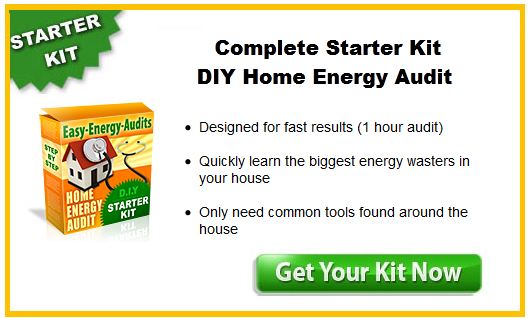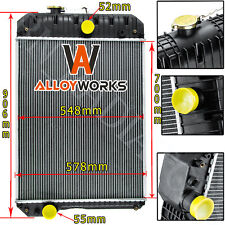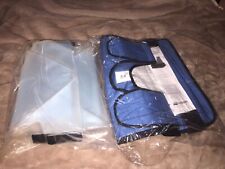How do Heating Systems Stay Hot and How do Cooling Systems Stay Cool?
There are many modern conveniences that we enjoy in our lives that we really do not think about on a day to day basis. We turn on the taps and get water. We flick a switch and get light. And we turn up a thermostat and we get heat. All these amenities are just part of our lives and until one of them doesn’t work when we need it to, we really don’t pay that much attention.
But sometimes it’s just a good idea to understand even the very basics so that when things do go wrong, you have a general understanding on whether it’s a minor problem that you can fix yourself or when it looks like something major that will require bringing in the top guns. By taking care of the more minor repairs yourself, you can end up saving a significant amount of money in the long run.
So let’s look at the basic premises behind heating and cooling systems:
First of all both systems have 3 parts which include a source that provides either warm air of cold air, a way to distribute that air around, and a control device that helps to regulate the temperature. In a house, you typically have a furnace to provide the hot air, and an air condition to provide the cold air. Sometimes those are combined into one central appliance and use the same ducts for air flow and the same thermostat for temperature control.
So when something goes wrong, the answer usually can be found in one of those three components.
The overall premise behind these two systems is that the heat moves from a warm object to a cooler one. Therefore furnaces put heat into the air to make your home warmer, and conversely, the air conditioners take away the heat to make your home cooler.
In order to work, both systems need an energy source. Air conditioners generally operated using electricity. Whereby home heating systems can be powered by either oil, gas, or electricity. The heat pump, which serves a dual purpose of heating in the winter, and cooling in the summer, is powered by electricity but it extracts heat from the air inside in the summer, and in the winter it pulls heat from the air outside.
While a furnace is operating, it is using its power source to produce the heat for your home. Using that power source, heat is produced, it is then moved to areas of the house through heating ducts, which is then passed through either heat registers, radiators, or heating panes. In a very old house, you might come across a system that uses the heat that is produced to heat water, which then heats the air. Boilers are used to heat and store the water, which is then circulated through pipes in the floor, walls or ceiling.
So when you use an air conditioner for instance, the power is used to cool a gas in a coil and converts it into liquid. The warm air is cooled when it comes in contact with the coil. That cooled air is then also send through the duct system in the house and out the registers, or registers. The smaller window air conditioners use the same model, but instead of using the ducts and registers, the cold air is just emitted directly from the unit into the room.
That’s basically it – but always be sure to have a trained heating and cooling professional assist you with any needed repairs.











